Know Your Fireworks
-
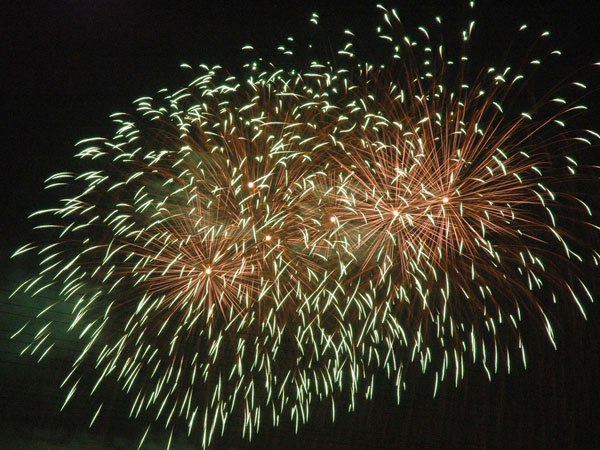 CREDIT: EpicFireworks /Flickr.
CREDIT: EpicFireworks /Flickr.Fireworks Style 1: Peony
Most observers of July 4th are contently ignorant of the finer points of pyrotechnics. But careful oglers will notice that there are distinct categories of fireworks, even if they don’t know what to call them. “[Most] people don’t know the terminology, but they can describe the effects in layman’s terms,” explains pyrotechnician Mike Tockstein. This Fourth of July, use Slate’s fireworks guide to jettison your crude fireworks vocabulary in favor of the official terminology.
If you only remember one firework this summer, make it this one: Traditional radial fireworks like this one are known as peonies, after the flower.
-
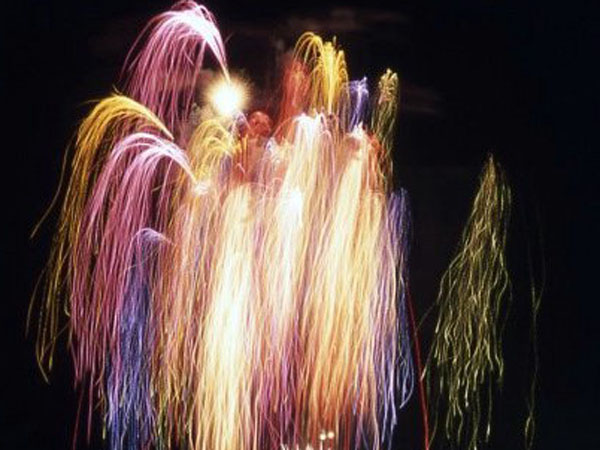 CREDIT: EpicFireworks /Flickr.
CREDIT: EpicFireworks /Flickr.Fireworks Style 2: Horsetail (or Waterfall)
Most aerial fireworks contain “stars,” the technical term for the tiny pellets of explosive powder encased in a shell of papier mache or plastic. The arrangement of stars inside the shell and the shape of the shell itself determine what you get when the firework explodes. This “horsetail” or “waterfall” effect is created by a weaker detonation in the sky, coupled with larger stars. The weaker burst means the stars don’t travel as far before falling, and the larger stars burn for a longer period of time, leading to the long tail effect.
-
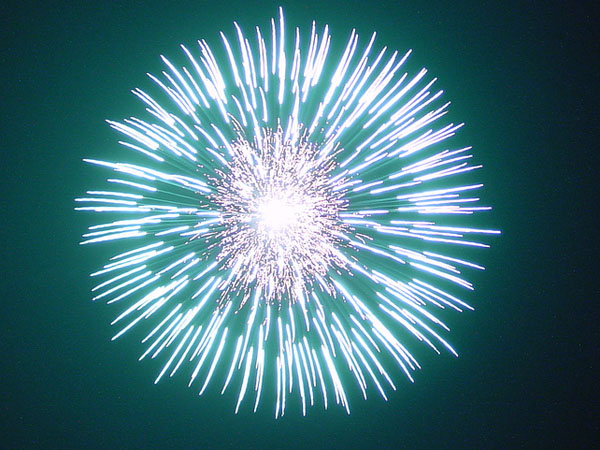 CREDIT: EpicFireworks /Flickr.
CREDIT: EpicFireworks /Flickr.Fireworks Style 3: Chrysanthemum
Unlike the peony, the chrysanthemum leaves a tail of glowing particles as it falls.
-
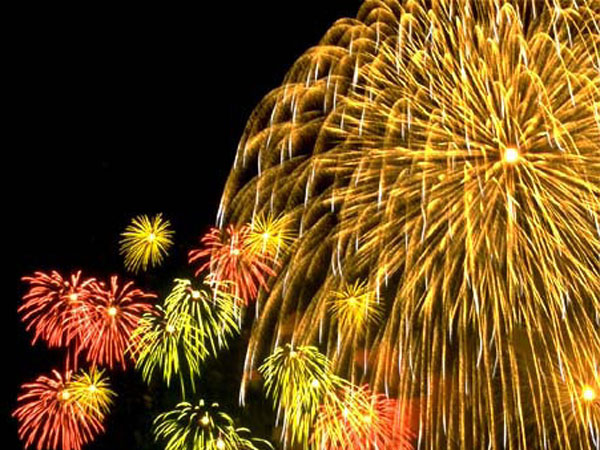 CREDIT: EpicFireworks /Flickr.
CREDIT: EpicFireworks /Flickr.Fireworks Style 4: Willow
To qualify as a willow, a firework’s glittering branches must hang in the sky for at least 10 seconds.
-
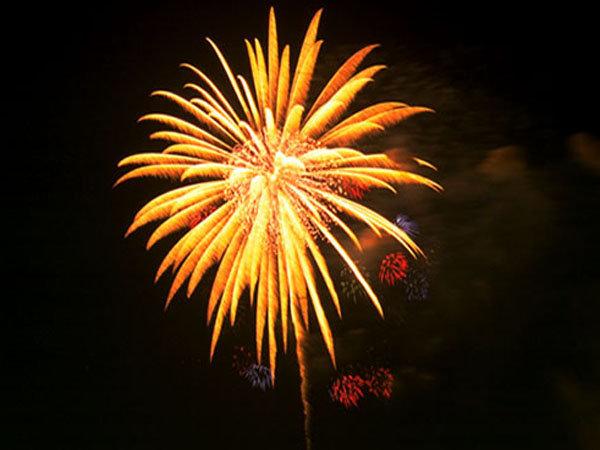 CREDIT: EpicFireworks /Flickr.
CREDIT: EpicFireworks /Flickr.Fireworks Style 5: Palm
You can identify a palm by its gold or silver stem and a willowlike expansion as it descends. The stars of the palm are slower-moving and slower-burning, so their naturally denser trails resemble the thick arms of a palm tree.
-
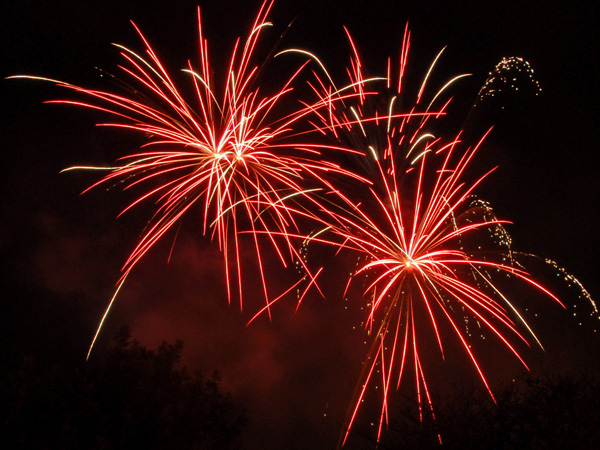 Eric Kilby/Flickr.
Eric Kilby/Flickr.Fireworks Style 6: Spider
Spiders are like chrysanthemums, but since the stars burn for a little longer, the tail droops, forming an outline that resembles an arachnid’s legs.
-
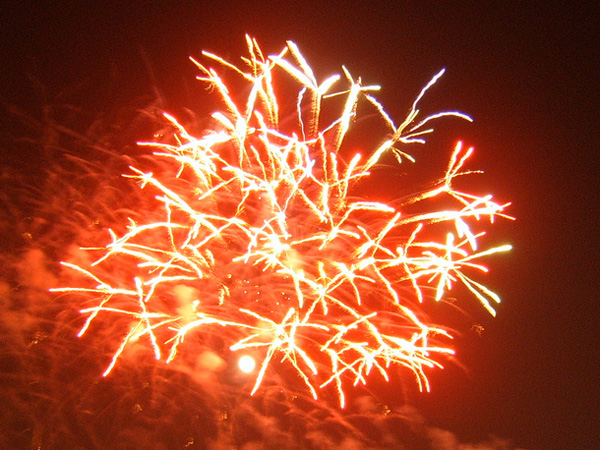 CREDIT: EpicFireworks /Flickr.
CREDIT: EpicFireworks /Flickr.Fireworks Style 7: Crossette
At the same time a chrysanthemum’s stars typically burn out, the crossette’s stars stay alive, exploding into smaller pieces to create branches across the sky.
-
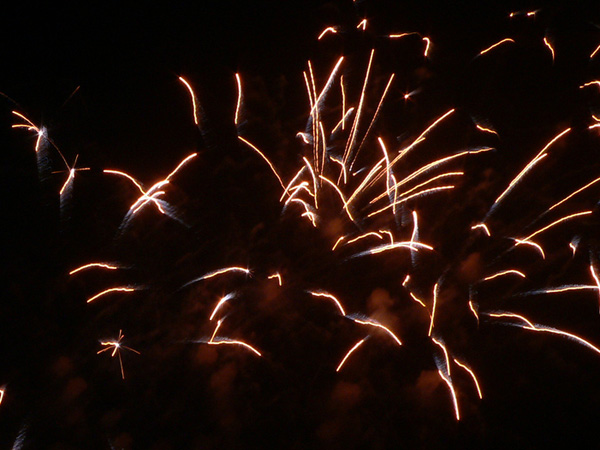 CREDIT: EpicFireworks /Flickr.
CREDIT: EpicFireworks /Flickr.Fireworks Style 8: Fish
This style earned its name for the bits of wriggling particles it produces.
-
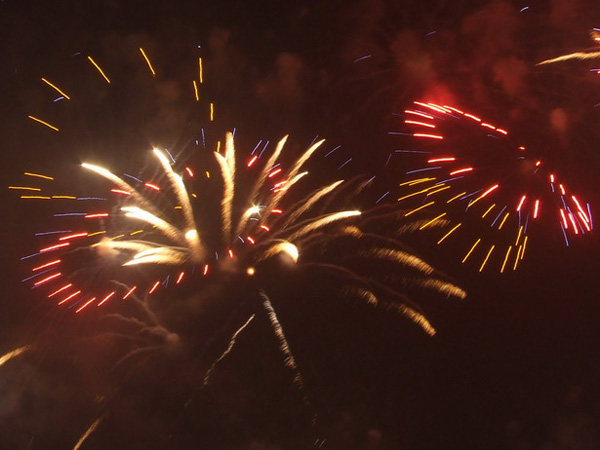 CREDIT: EpicFireworks /Flickr.
CREDIT: EpicFireworks /Flickr.Fireworks Style 9: Rings
A ring is made from a spherical shell. Sometimes, the effect is combined with a peony so the resulting display looks like the planet Saturn.
-
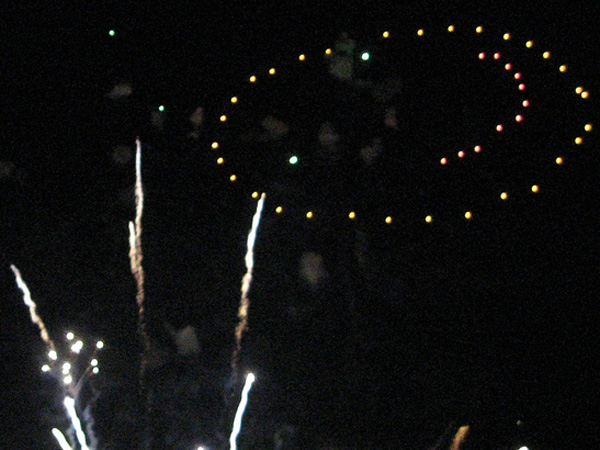 CREDIT: EpicFireworks /Flickr.
CREDIT: EpicFireworks /Flickr.Fireworks Style 10: Patterns
Patterned designs are rare since they’re more complicated and more expensive. Since all of the stars in the shell must explode at the exact same instant for a firework to resemble the desired design, each star must have an extremely high quality chemical composition. Firework companies can make all sorts of shapes, but some of the most popular are hearts, cubes, and stars. Pyrotechnician Mike Tockstein says he once saw a “very rare” Bozo the Clown face.